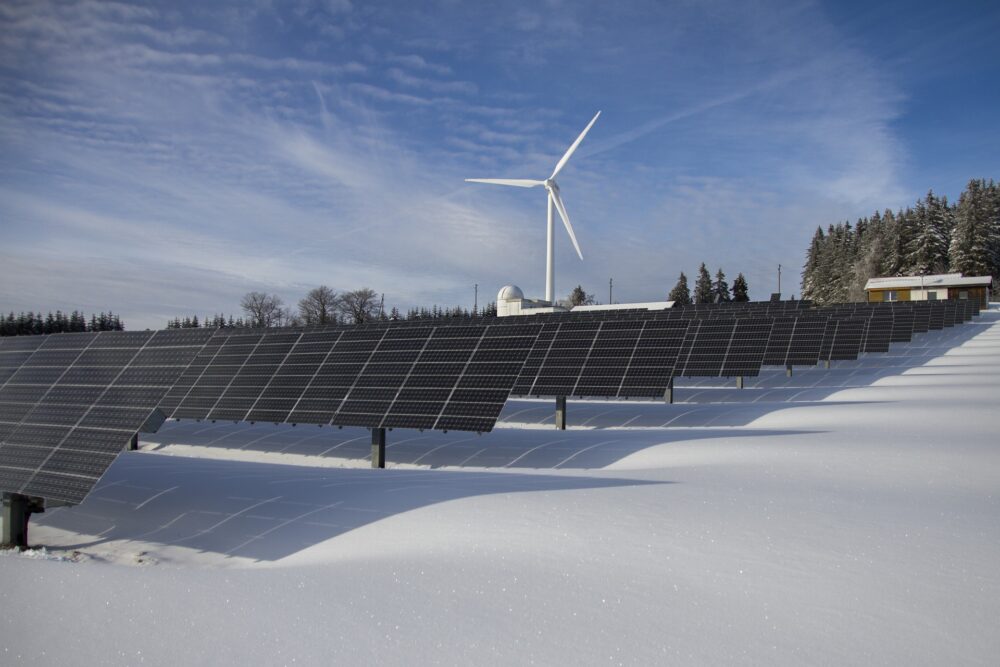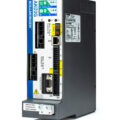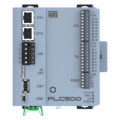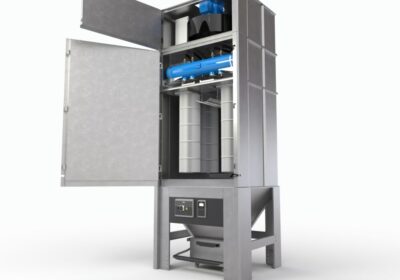~ Moving from optimisation to autonomy ~
2025 is the year humanity is expected to start transitioning into a new era called the ‘Autonomous Society.’ This evolution, rooted in the predictions of the SINIC Theory, marks the next phase in how society, science and technology interact. Here Tom Cash, director at automation parts supplier Foxmere, explains the technologies of 2025 that will help to move humanity from ‘Optimisation Society’ to ‘Autonomous Society.’
SINIC Theory — first created in 1970 by OMRON’s founder Kazuma Tateishi and later refined by HRI — describes a change in human attitudes that sees society go from optimisation to autonomy.
In the ‘Optimisation Society,’ the focus has been on streamlining processes and driving efficiency improvements over a period spanning 19 years (2005 – 2024). Whereas the ‘Autonomous Society’ heralds a change of tact, with systems becoming self-regulating, self-learning and capable of independent decision making.
According to HRI’s updated interpretation of the SINIC Theory, people are no longer passive recipients adapting to societal systems. Instead, they seek active participation in shaping the technologies and structures that influence their lives.
With that in mind, let’s explore the trends and technologies that are leading us into this new era.
Ethical AI
There’s no other place to start than with the use of AI. 2023 was the year the world discovered generative AI before organisations began using and deriving business value from this new technology in 2024.
In the latest McKinsey Global Survey on AI, 65 per cent of respondents reported that their organisations regularly use gen AI, nearly double the percentage from the previous survey just ten months ago.
As a result, consumer expectations and evolving regulations have driven a “Do No Harm” approach, where AI systems are designed not only to perform efficiently but also to minimise societal risks.
For instance, the European Union’s AI Act, implemented in late 2023, introduced stringent oversight for high-risk AI applications, setting a global standard for ethical governance.
In manufacturing, I expect AI to enable autonomous systems that optimise operations as well as ensuring transparency and accountability in decision making.
In 2025 and beyond, AI-driven technologies will automate routine tasks, enhance predictive maintenance and improve quality control, yet ethical AI will be crucial to ensuring that these systems are auditable and appealing to investors.
Electrification — not just EVs
Industries are also under increasing pressure to reduce their carbon footprints. This is particularly true for the manufacturing and production sectors, which account for one-fifth of global carbon emissions and 54 per cent of global energy usage.
That’s why we’re seeing a broader uptake toward electrification. The transition from fossil fuel-based energy systems to electric-powered solutions is enabling systems to not only self-regulate but also to work toward minimising environmental impacts.

As industries electrify, optimising energy use is vital to cutting costs and environmental impacts. This calls for rethinking energy consumption through innovative designs and advanced materials that enhance efficiency and performance.
OMRON’s Gallium Nitride (GaN) technology is just one example that delivers compact, energy-efficient power conversion with minimal energy loss to support electrified systems.
More than ever, renewable energy sources, such as solar and wind, coupled with energy storage solutions, will be essential as the adoption of electrification will also extend to key areas, including industrial machinery, transportation fleets and energy generation.
What’s more, the push for electric vehicles (EVs), driven by regulations mandating higher EV sales and bans on petrol and diesel cars by 2035, will further accelerate electrification efforts.
It won’t be long before manufacturing operations become cleaner and more sustainable, helping to meet global decarbonisation targets and advancing the net-zero by 2050 agenda.
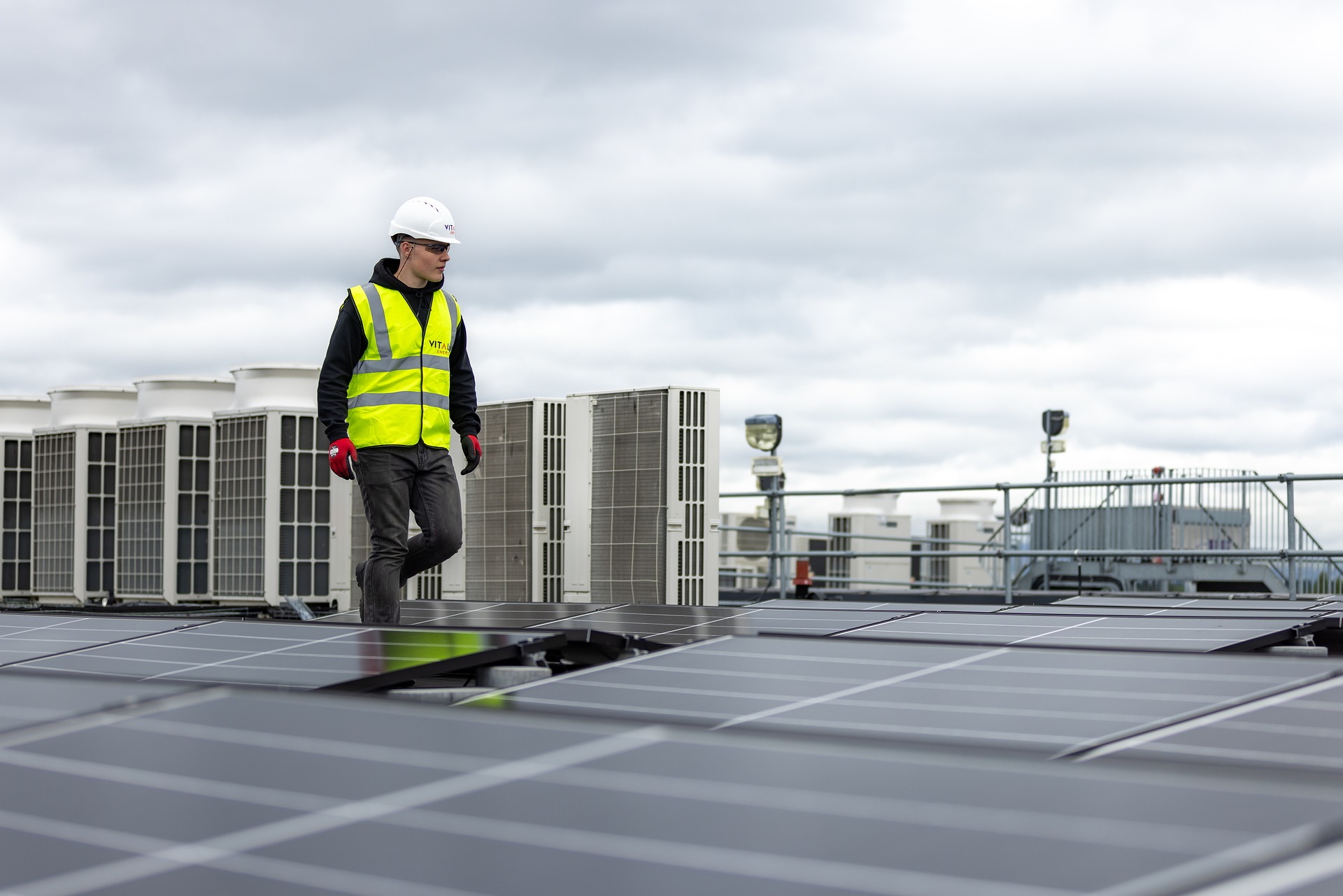
BESS
To achieve this, energy storage systems will become the backbone of this infrastructure. In particular, the capacity of all Battery Energy Storage Systems (BESS) is projected to increase more than sevenfold by 2028, reaching 260 GWh.
Such growth is driven by innovations in battery technology, including lithium-ion and emerging alternatives like solid-state batteries, as well as advances in energy management software that enhance system efficiency and grid responsiveness.
By storing excess energy generated during peak conditions, BESS ensures a stable power supply even when renewable generation fluctuates. Data centres, which consume vast amounts of energy, are also adopting BESS to provide backup power and manage demand peaks, improving energy efficiency and reducing costs.
As a result, Goldman Sachs Research estimates that data centre power demand will grow 160 per cent by 2030. Concerningly, carbon dioxide emissions of data centers are expected to more than double between 2022 and 2030 as a result, with AI gathering momentum.
As AI potentially adds 200 terawatt-hours to annual power consumption, the need for smarter energy management will continue to be a focus throughout the year.
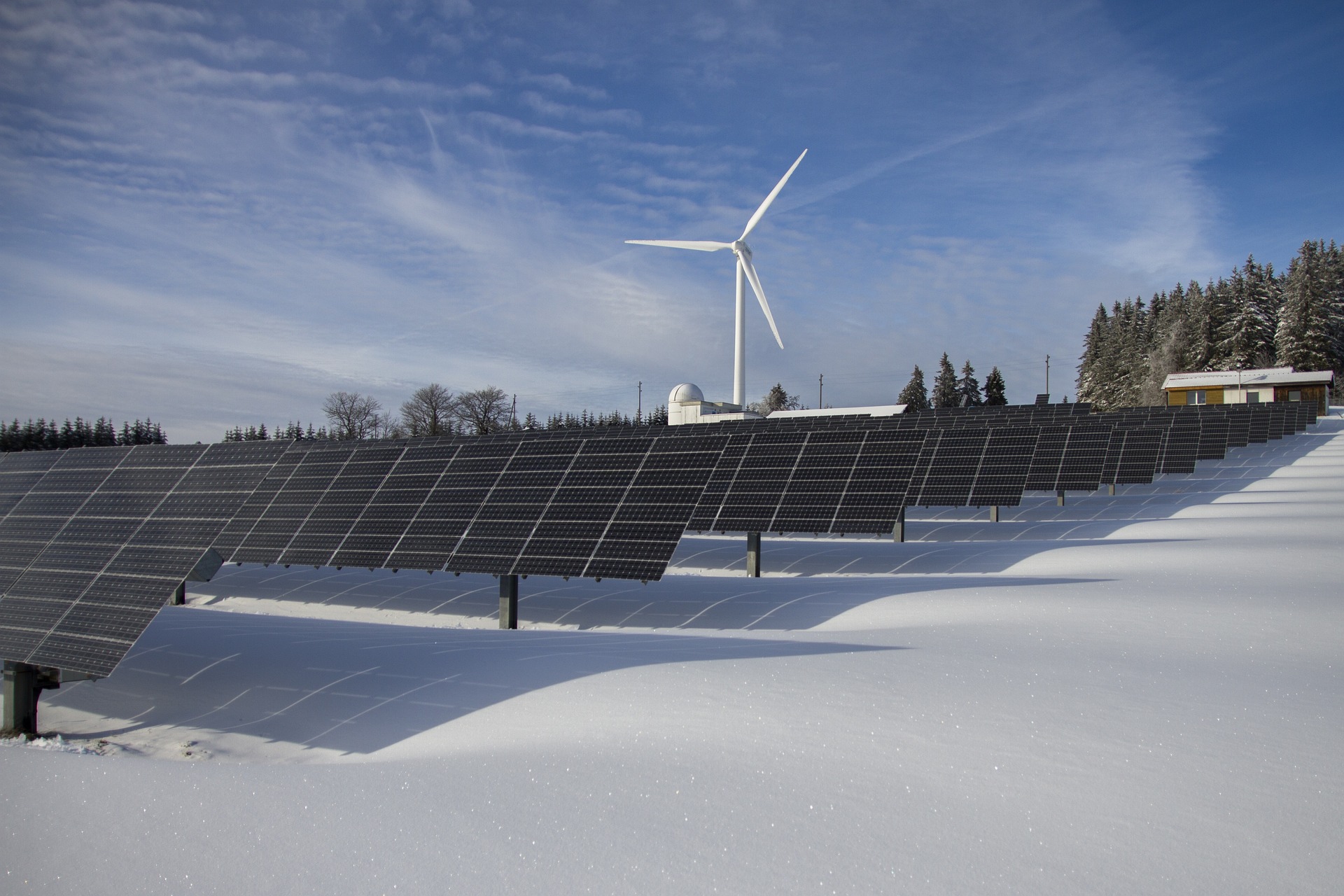
Collaboration
Europe will likely need to invest over $1 trillion in upgrading its power grid infrastructure to deal with demand. A way to tackle this is by developing partnerships across industries to aid the transition into the ‘Autonomous Society.’
This investment will be crucial for integrating renewable energy sources and enhancing energy storage capabilities to allow power systems to handle the growing consumption driven by technologies like AI and electrification.
Automation parts suppliers, like Foxmere, help to support companies leading this charge by supplying the essential components needed for these advancements.
By partnering with a trusted parts supplier, businesses can integrate emerging technologies and ensure a smoother, cost-effective societal transition from optimisation to autonomy. Contact Foxmere for a no-obligation quote on automation equipment ranging from replacement or obsolete parts to complete systems.

